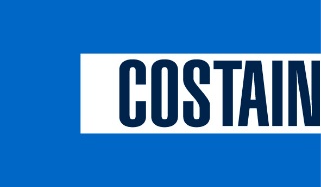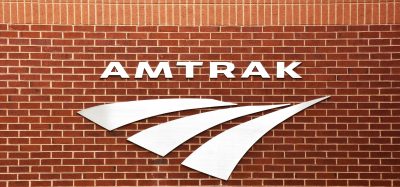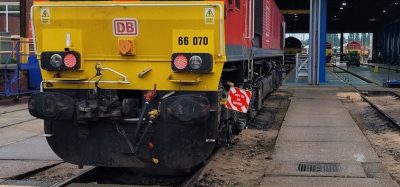Key Train Requirements updated to aid design of new trains
Posted: 10 August 2016 | | No comments yet
The UK rail industry has endorsed the latest edition of Key Train Requirements published by the RSSB which aim to help rolling stock procurers, manufacturers and system suppliers in the design of new trains.
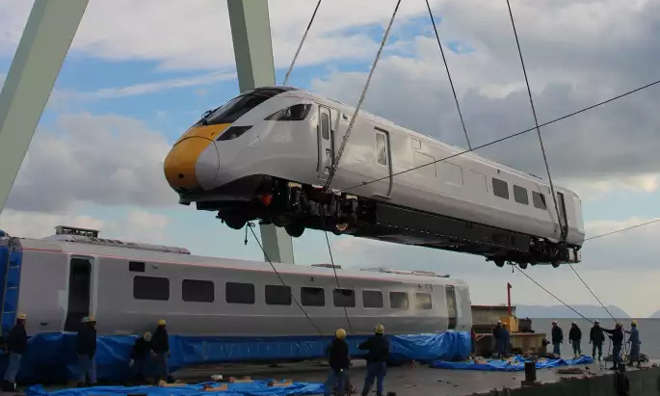

The UK rail industry has endorsed the latest edition of Key Train Requirements published by the RSSB which aim to help rolling stock procurers, manufacturers and system suppliers in the design of new trains.
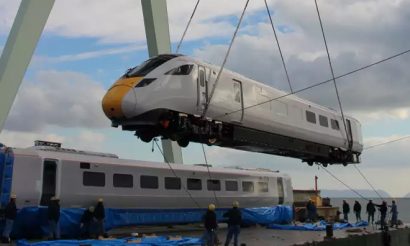

The RSSB published document helps specifiers and suppliers understand a wide range of operational, environmental and passenger requirements over and above compliance with existing standards by capturing research recommendations and good practice in train design which aren’t already covered.
The requirements are also applicable to vehicle refurbishment or continued service operation (life extension) projects.
Key Train Requirements document includes over 80 new or improved entries
The latest update includes over 80 new or improved entries, a new expanded section on toilets, and a new section on cyber security.
The Key Train Requirements document has been prepared by the Association of Train Operating Companies (ATOC) on behalf of an RSSB cross-industry group of technical experts on rolling stock. It has been endorsed by RSSB, Rail Delivery Group and Department for Transport.
The Key Train Requirements document can be downloaded here.
Peter Wilkinson, Managing Director Passenger Services at the Department for Transport, said: “I encourage everyone involved in the procurement and supply of new and refurbished trains to read our Rolling Stock Perspective in concert with this Key Train Requirements document. I look forward to seeing evidence of this in proposals submitted for future rail franchises.”
Mark Phillips, Interim Managing Director at the RSSB added: “This updated version of the Key Train Requirements captures good practice when specifying key features for new and refurbished trains. It will help industry better meet passengers’ needs and improve efficiency by ensuring that lessons learned in the past are retained and errors not repeated. I would urge all those involved in the train procurement and manufacturing of new and refurbished trains to use this document to add detail to the standards that already exist.”
Stay Connected with Global Railway Review — Subscribe for Free!
Get exclusive access to the latest rail industry insights from Global Railway Review — all tailored to your interests.
✅ Expert-Led Webinars – Gain insights from global industry leaders
✅ Weekly News & Reports – Rail project updates, thought leadership, and exclusive interviews
✅ Partner Innovations – Discover cutting-edge rail technologies
✅ Print/Digital Magazine – Enjoy two in-depth issues per year, packed with expert content
Choose the updates that matter most to you. Sign up now to stay informed, inspired, and connected — all for free!
Thank you for being part of our community. Let’s keep shaping the future of rail together!




